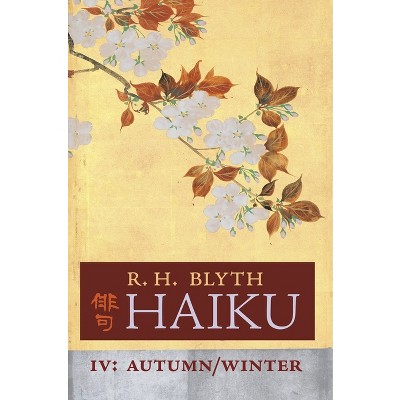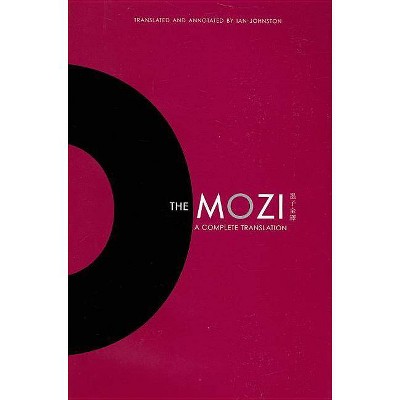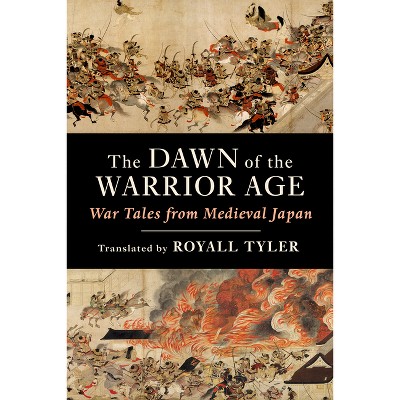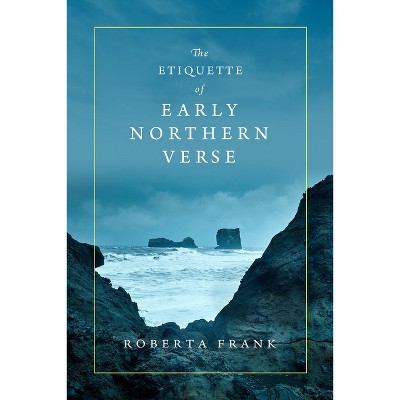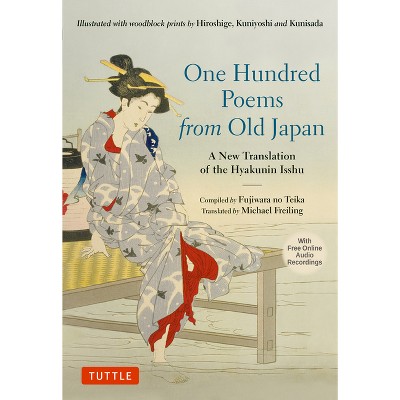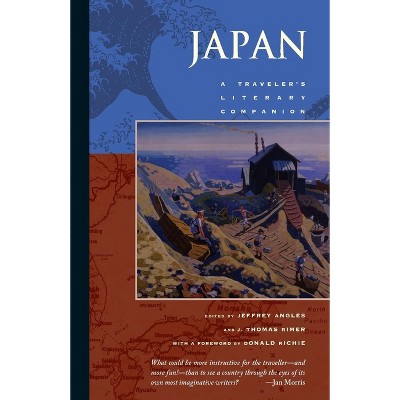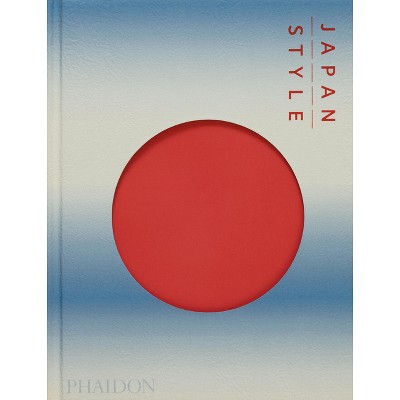Sponsored

Linked Verse in Medieval Japan - by H Mack Horton (Hardcover)
In Stock
Sponsored
About this item
Highlights
- Linked verse (renga) was the most popular form of poetry in Japan's medieval era (c. 1200-1600 CE).
- About the Author: H. Mack Horton is the Catherine and William L. Magistretti Distinguished Professor of Japanese Literature at the University of California, Berkeley.
- 1120 Pages
- Literary Criticism, Asian
Description
About the Book
This book is the most comprehensive work in English on premodern Japanese linked verse (renga).Book Synopsis
Linked verse (renga) was the most popular form of poetry in Japan's medieval era (c. 1200-1600 CE). Renga poets linked verses of seventeen and fourteen syllables into long sequences in accordance with complex rules and literary allusions; the first verse, which initially stood alone, was the ancestor of the modern haiku. Courtiers, warriors, and commoners alike practiced linked verse in an atmosphere of literary artistry, scholarship, social sensitivity, and charged competition. The masters were often invited at great expense to warrior domains to preside at linked-verse sessions and provide instruction in the art and in allied works of the classical canon, such as The Tale of Genji. Some of Japan's most famous poets, among them Sōgi and Bashō, not only composed renga sequences still revered today but also made important contributions to the study of renga history, theory, composition, and etiquette.
This book is the most comprehensive work in English on premodern Japanese linked verse. It includes a history of the genre in both its formal (ushin) and unorthodox (haikai) manifestations up through the time of Bashō, an introduction to linked-verse composition and commentaries, and an overview of the art's performative aspects. These three parts are each linked to original English translations: an early treatise on renga history, theory, and rules; a particularly intricate hundred-verse sequence and its contemporary commentaries; and two guides to mental attitude and deportment at a renga session. Wide-ranging and erudite, Linked Verse in Medieval Japan is a masterful account of the history, theory, and practice of one of Japan's great art forms.Review Quotes
Beautifully written, brilliant, and highly readable, this meticulous account of linked verse as both performance and text from its beginnings centuries ago to the present day will probably become the definitive work on renga for the Anglophone world. The myriad elegant translations of poems and poetic commentary are a special joy.--Janine Beichman, author of Embracing the Firebird: Yosano Akiko and the Birth of the Female Voice in Modern Japanese Poetry
Linked Verse in Medieval Japan is a volume in three parts that provides a history of renga from its origins to early modern times, an introduction to renga commentary, and a description of renga performance-- all wrapped into one monumental book that will define the field of renga studies for decades to come.--Torquil Duthie, author of Man'yōshū and the Imperial Imagination in Early Japan
If, as Horton claims, "for a thousand years and more, poetry was the sovereign element of Japanese cultural life," then this lucid study is the sovereign treatment in English (and perhaps in any language) of one of that culture's most intricately challenging and sophisticated poetic forms.--Edward Kamens, author of Waka and Things, Waka as Things
Based on superb scholarship, this book draws on an impressive array of primary and secondary sources to trace the history of medieval Japanese linked verse. A landmark in the field, it contains elegant translations and thorough commentary on important texts never before available in English.--Michel Vieillard-Baron, École Pratique des Hautes Études
About the Author
H. Mack Horton is the Catherine and William L. Magistretti Distinguished Professor of Japanese Literature at the University of California, Berkeley. His books include Song in an Age of Discord: The Journal of Sôchô and Poetic Life in Late Medieval Japan (2002); Traversing the Frontier: The Man'yōshū Account of a Japanese Mission to Silla in 736-737 (2012); and The Rhetoric of Death and Discipleship in Premodern Japan: Sōchō's Death of Sōgi and Kikaku's Death of Master Bashō (2019).

